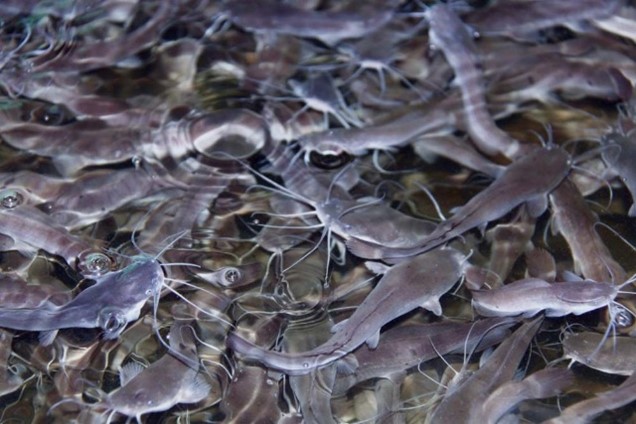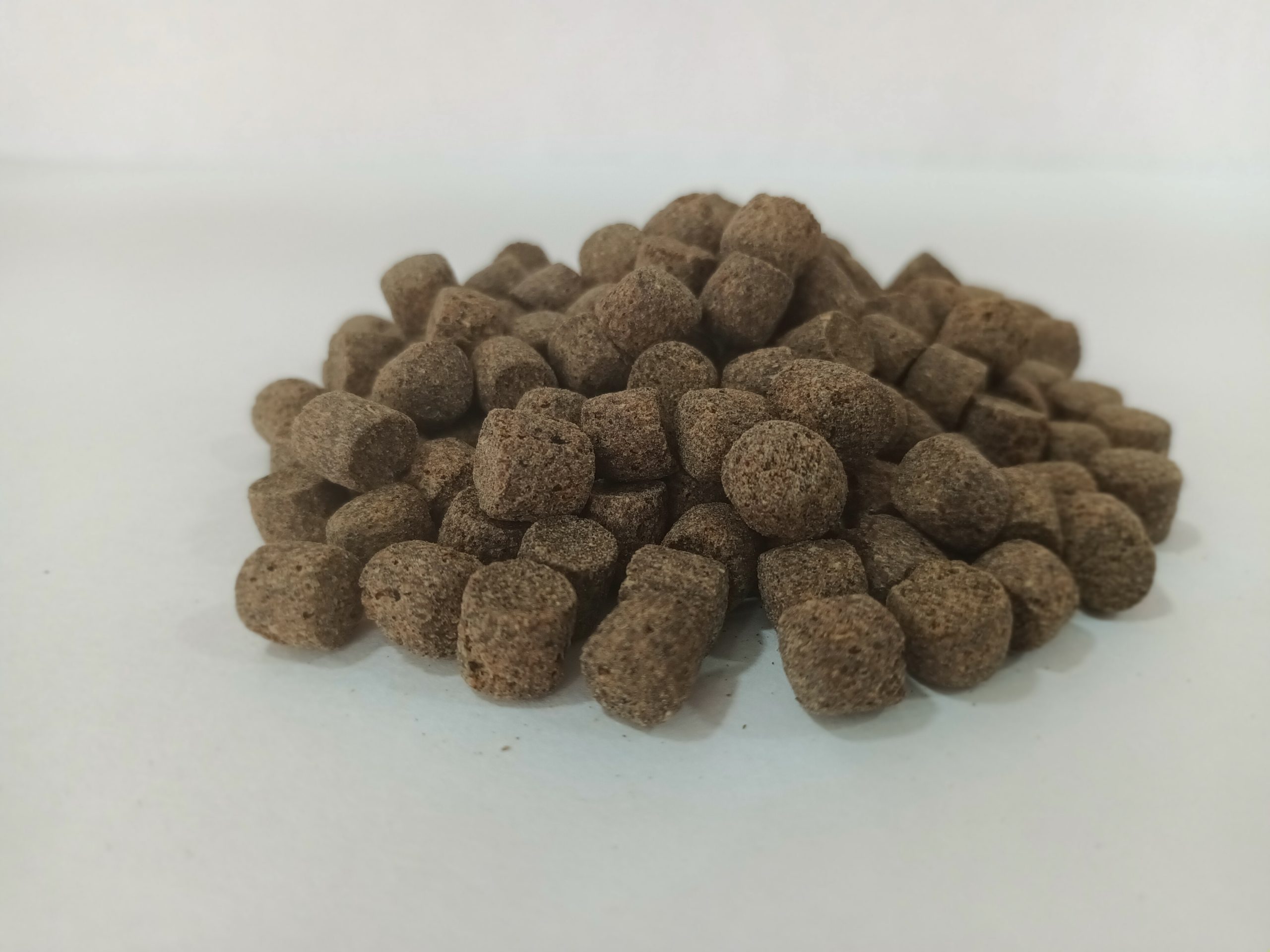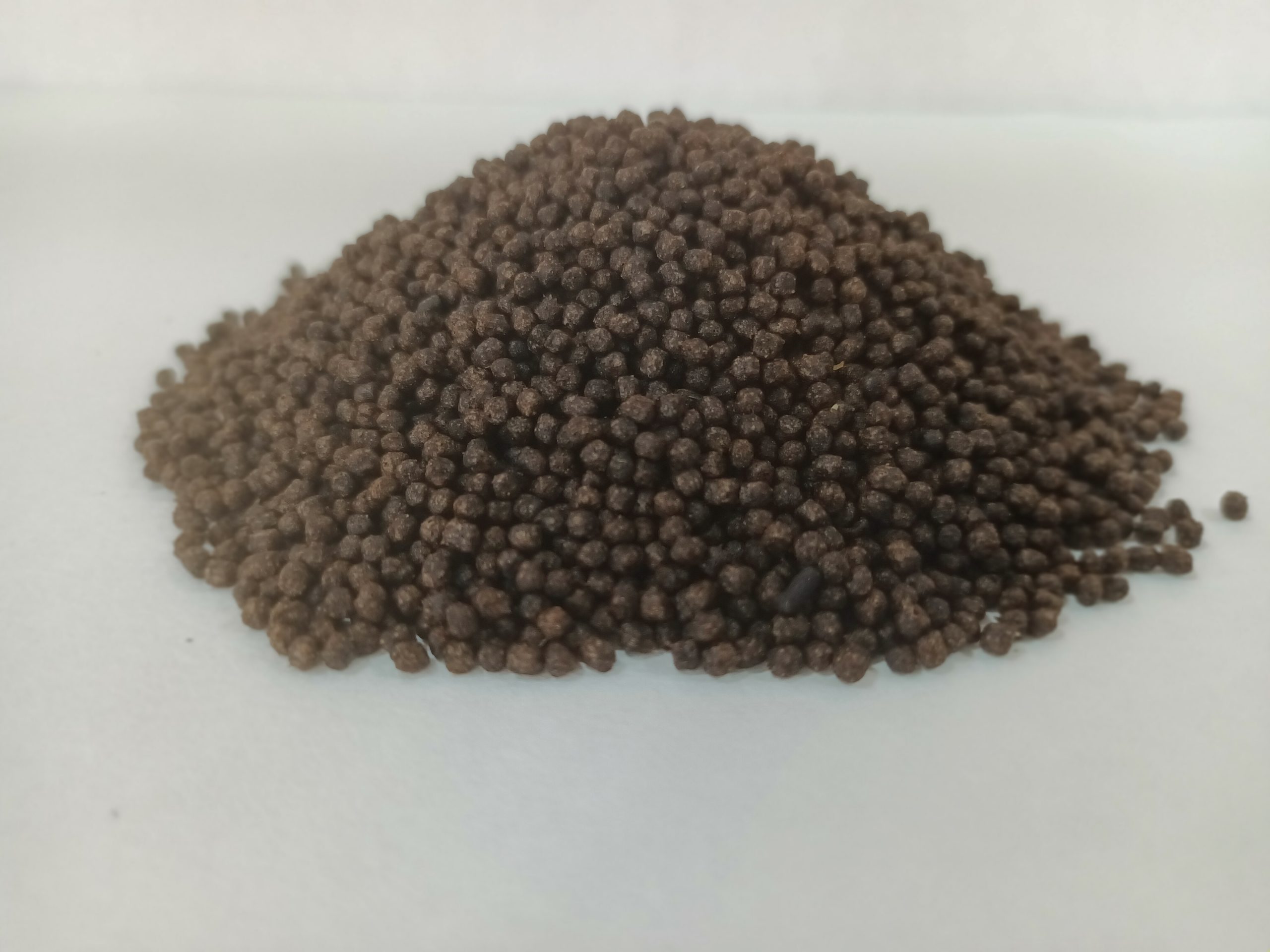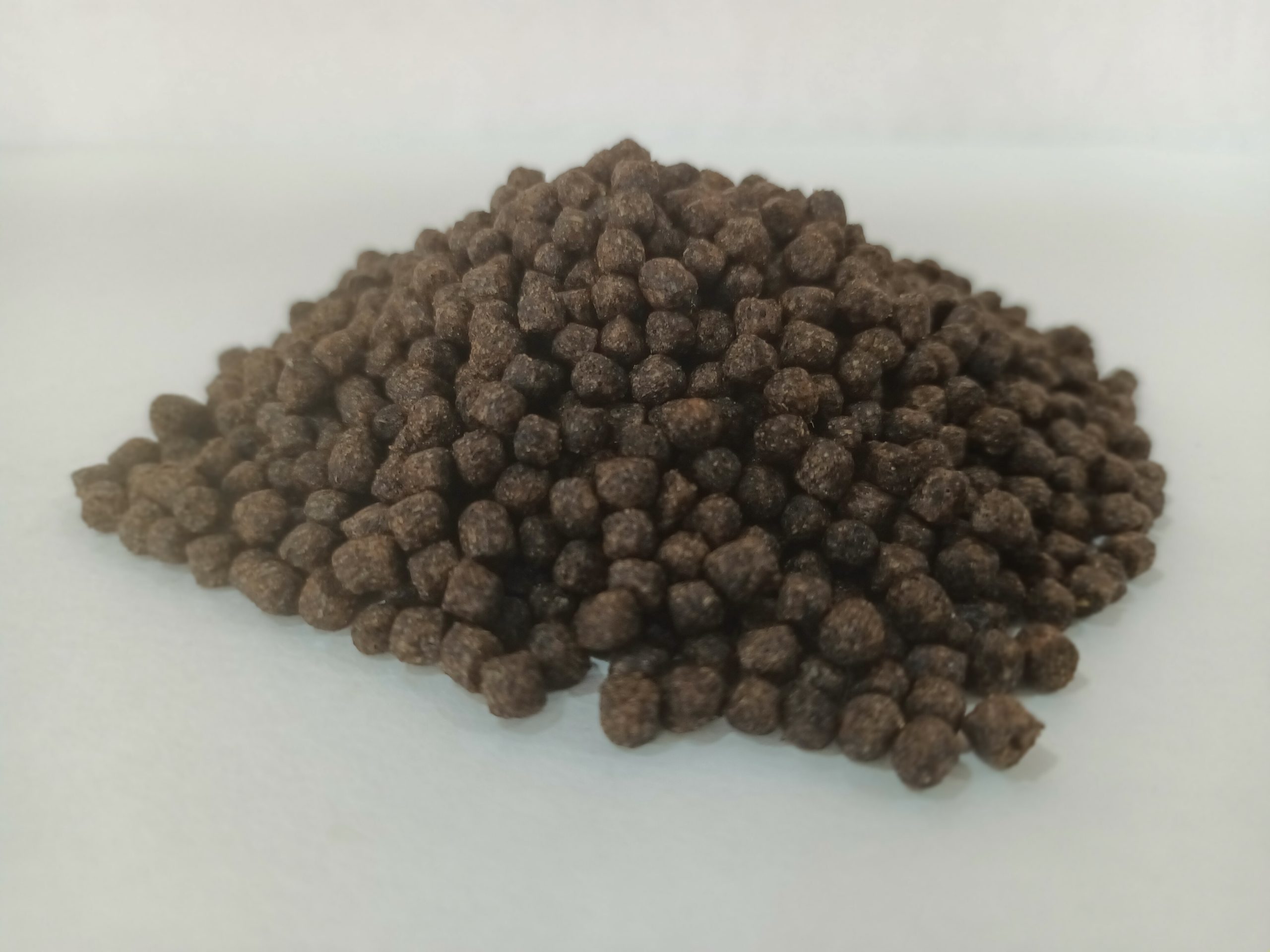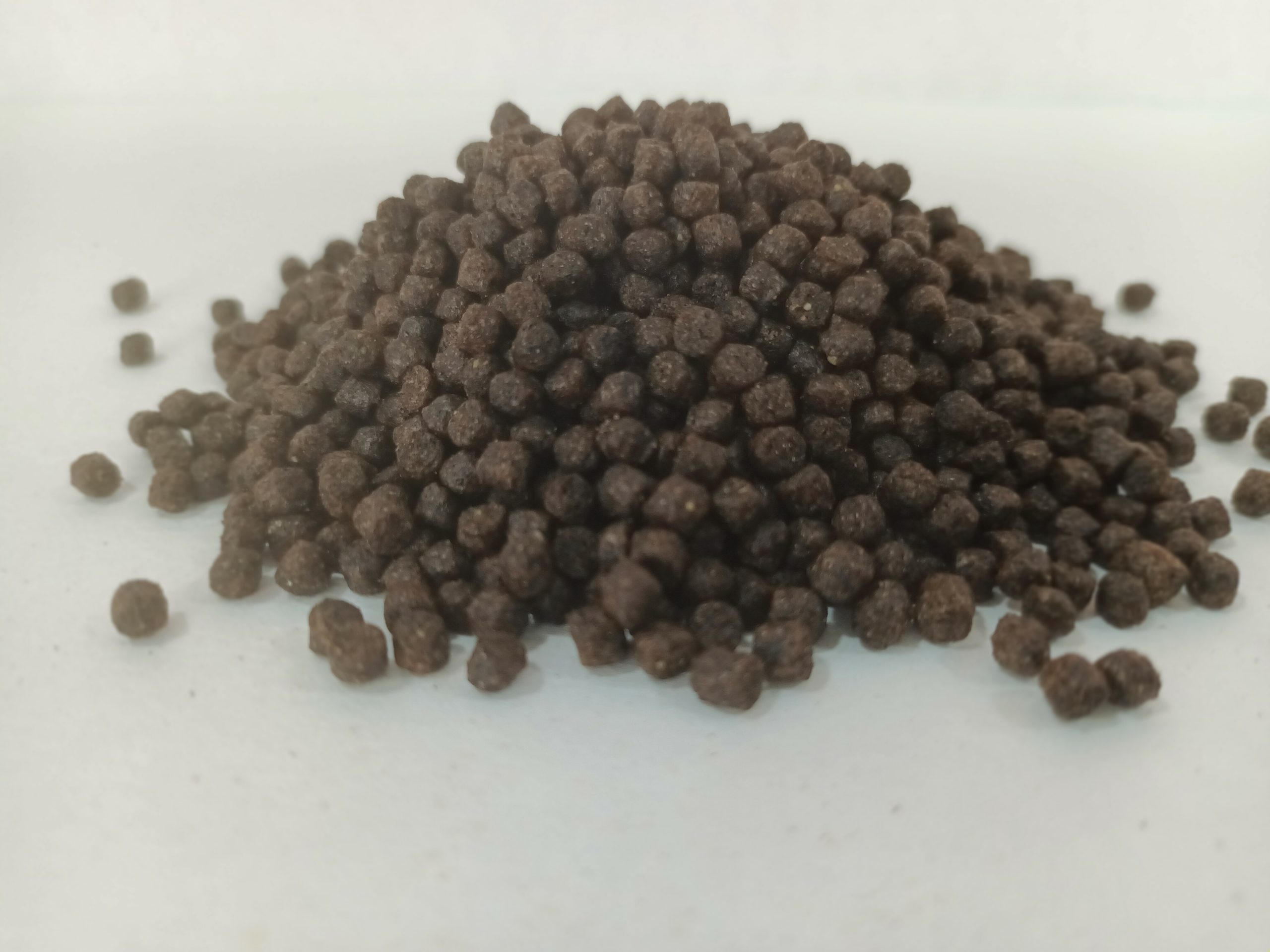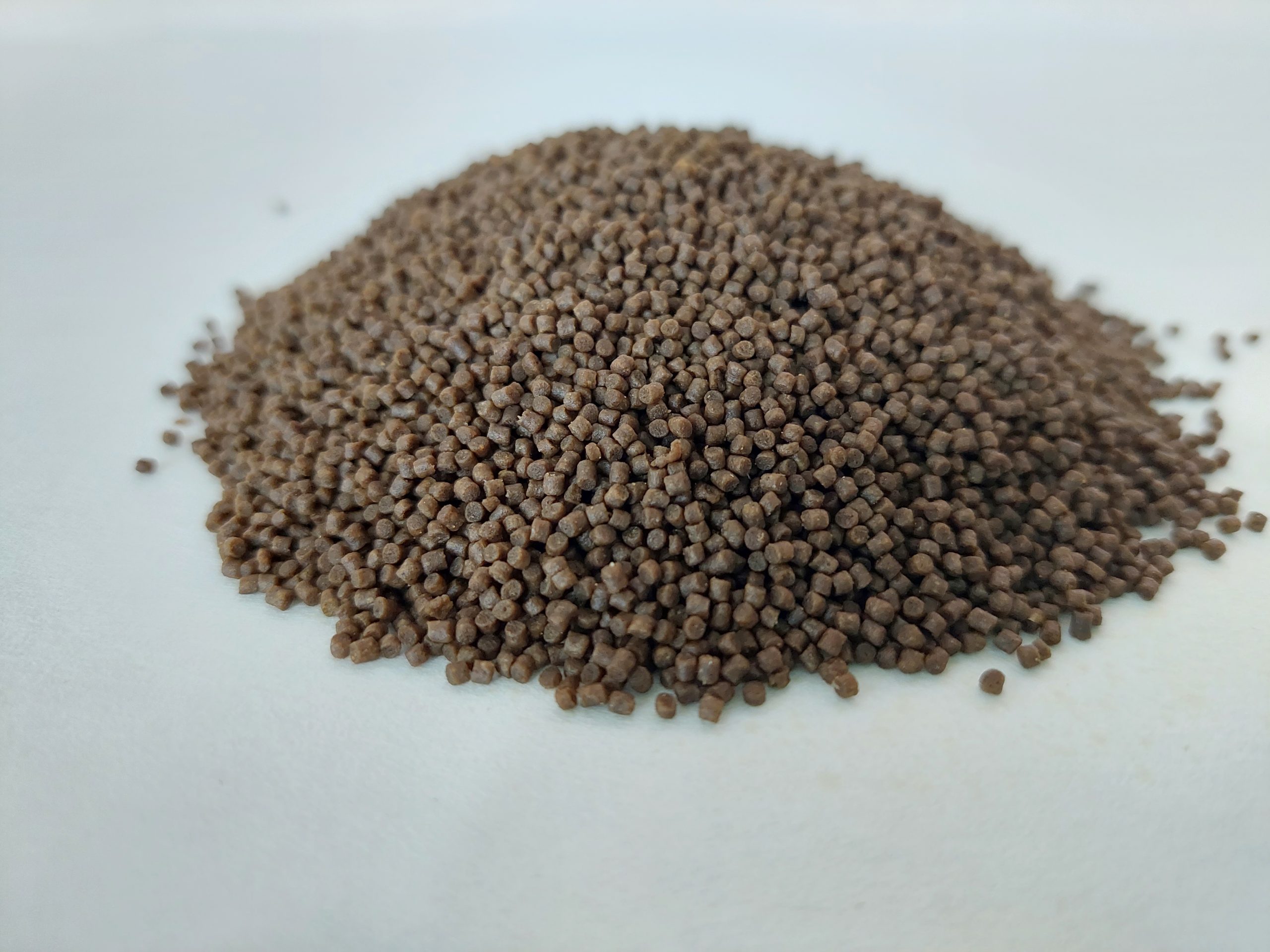Pangasius hypophthalmus is one of the main species of the Mekong River fishery, one of the largest and most important inland fisheries in the world.
Pangasius hypophthalmus is one of the main species of the Mekong River fishery, one of the largest and most important inland fisheries in the world.
The traditional development of catch-and-fattening aquaculture for this species, particularly in Vietnam and to a lesser extent in Thailand and Cambodia, probably began because it is a prolific reproductive species, producing a relatively large number of easily harvested larvae.
